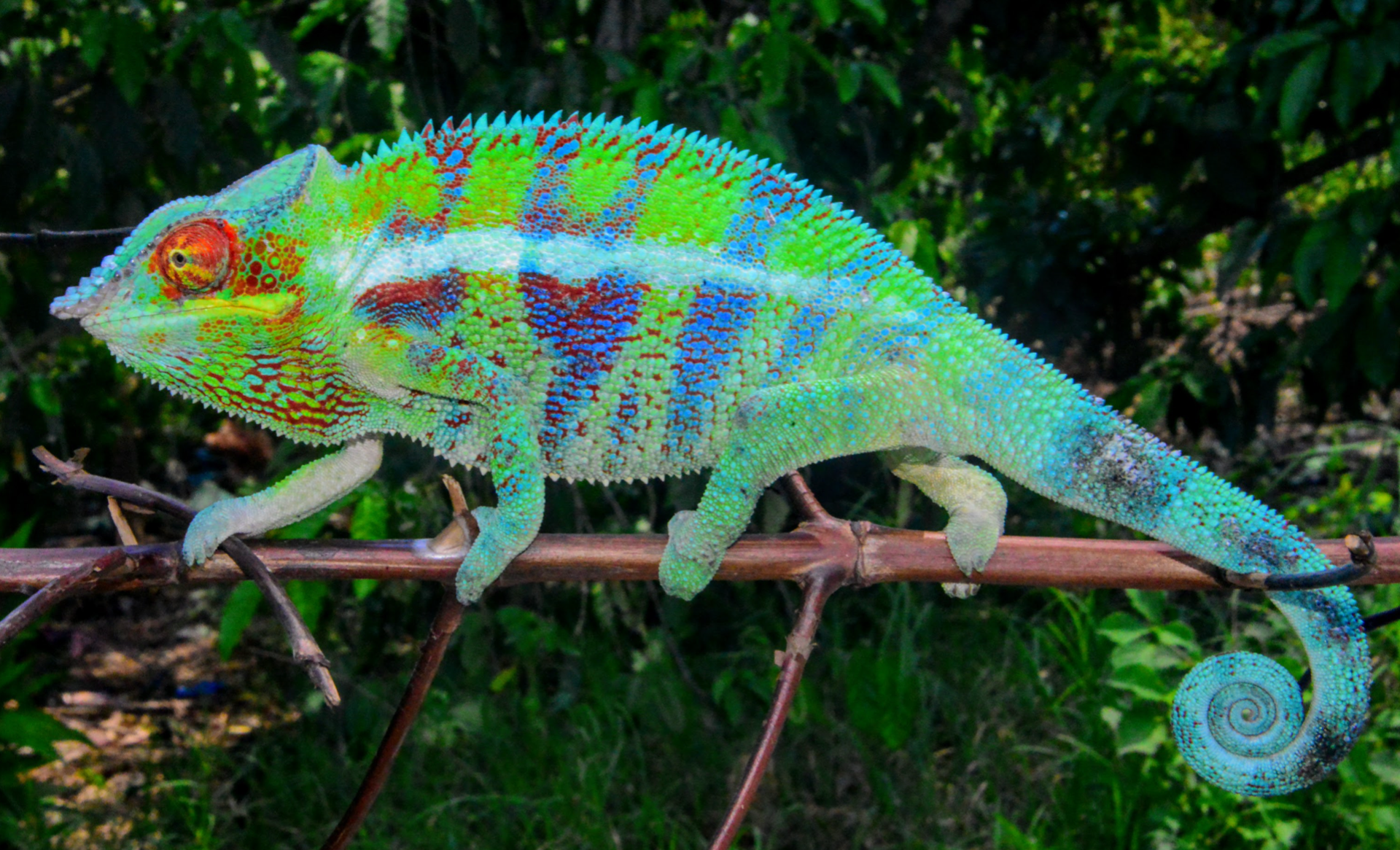Chameleon Invasion: Cute Reptiles, Creepy Collectors

A case study explores the social ripple effects of invasive panther chameleons (Furcifer pardalis) in suburban Florida. While most research on invasive species focuses on ecological damage, this study zooms in on the human side—how people react when exotic lizards start showing up in their backyards and collectors start prowling the streets.
Panther chameleons, originally from Madagascar, have become popular in the pet trade and have established wild populations in Florida. After discovering one such population in a residential neighborhood, researchers surveyed local residents to understand their awareness, attitudes, and concerns.
Most residents knew about the chameleons but didn't see them as a threat. In fact, many were indifferent or even amused. However, those who had actually seen the lizards were more likely to express concern—not about the reptiles themselves, but about the behavior of private collectors. These collectors, often eager to snatch up rare specimens, were reported to trespass, act suspiciously, or make residents feel unsafe.
The study highlights a key point: the social impact of invasive species isn't just about the species—it's about the human drama they stir up. The presence of chameleons created a magnet for collectors, which in turn created tension between residents and outsiders. This indirect effect—conflict over collection—is rarely addressed in wildlife management but can be just as disruptive as ecological damage.
Researchers argue that wildlife managers need to consider these human dimensions when dealing with invasive species. Public perception, safety concerns, and stakeholder conflict all play a role in how successful management efforts will be. In short, it's not just about the lizards—it's about the people who chase them, the people who live near them, and the awkward dance between curiosity, conservation, and community.
Main Findings
Panther chameleons have established populations in suburban Florida due to pet trade releases.
Most residents are aware of the chameleons but show low concern about their presence.
Residents who've seen chameleons are more concerned—mainly due to private collectors' behavior.
Collectors may trespass or act suspiciously, creating safety concerns and social tension.
The indirect social impacts of invasive species (like conflict over collection) are often overlooked.
Wildlife management should include human dimensions—public perception, safety, and stakeholder conflict.
Original reference:
Goodman, Colin M., Natalie M. Claunch, Zachary T. Steele, Diane J. E. Sturgeon, and Christina M. Romagosa. 2024. "Colorful Lizards and the Conflict of Collection." Human–Wildlife Interactions 18(1): Article 10. https://doi.org/10.26077/a79d-cd15